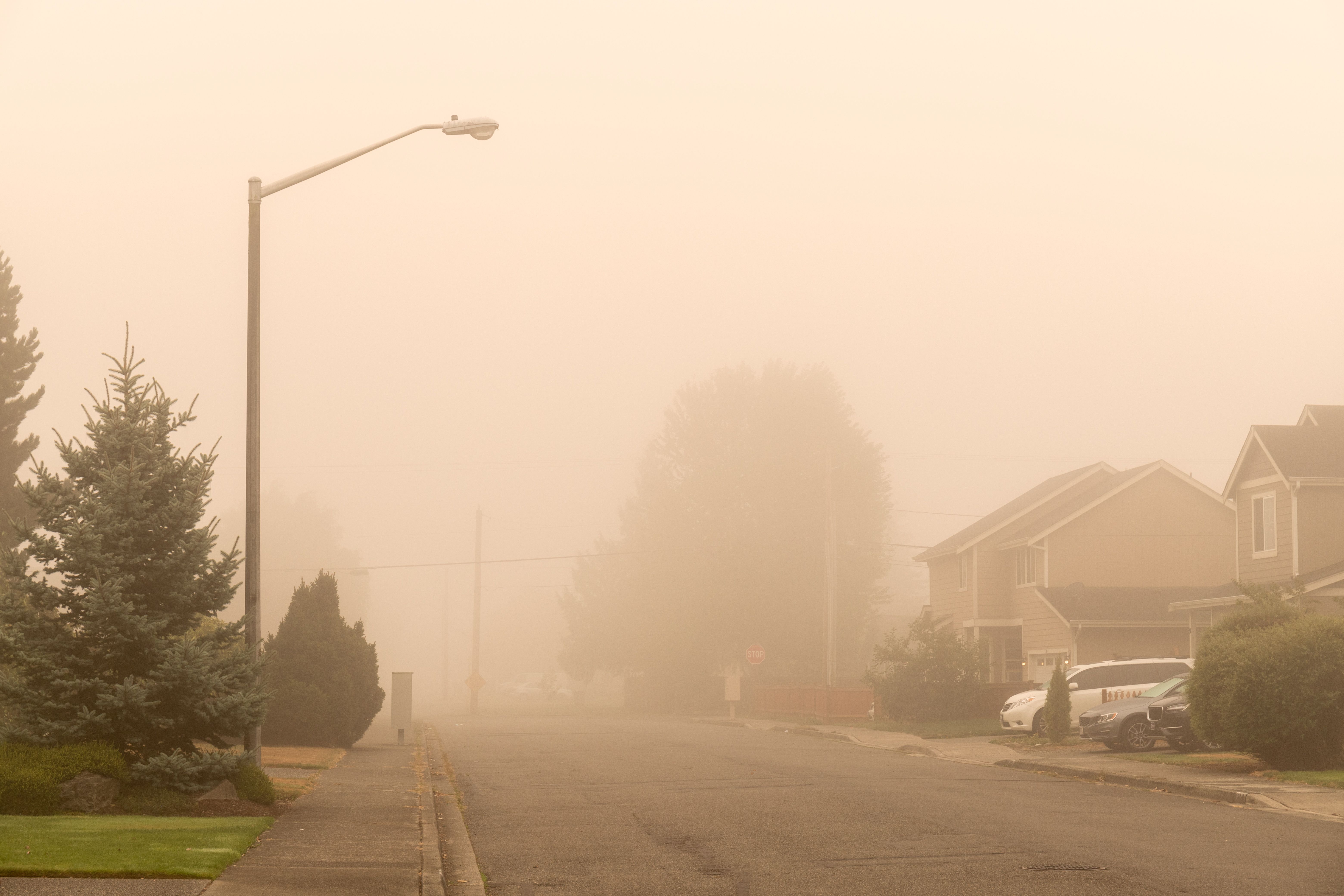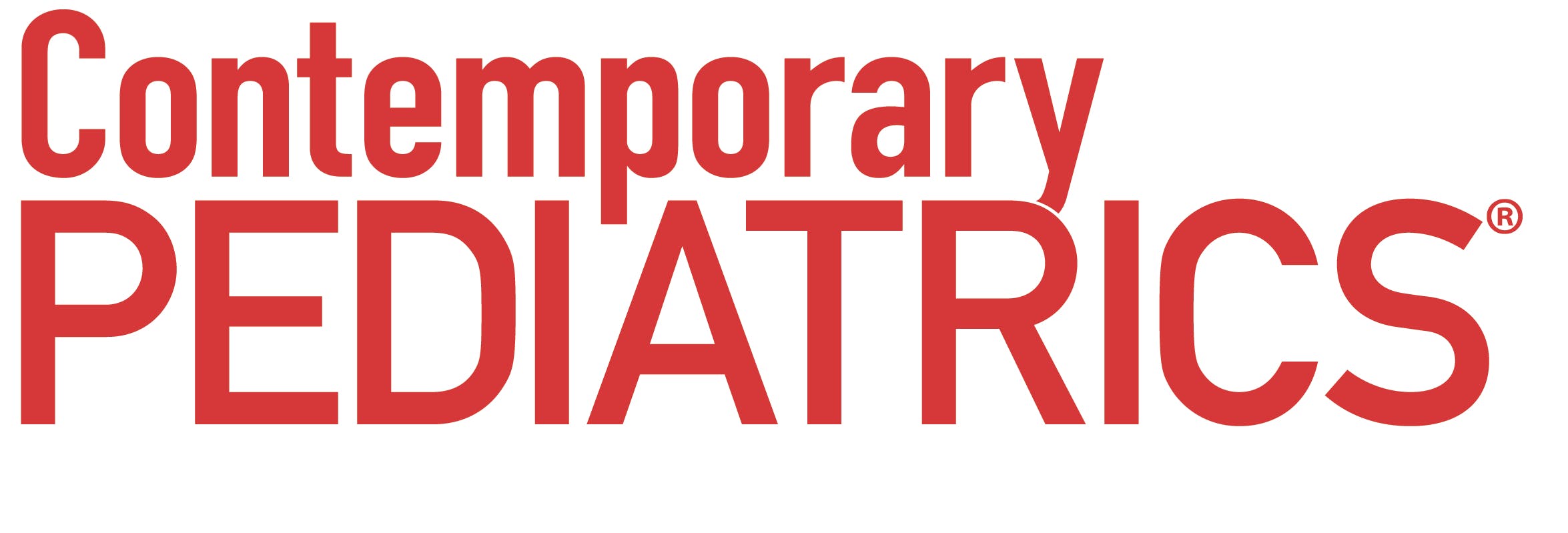Wildfires and smoke inhalation: What are the short- and long-term effects?
Donna Hallas PhD, PPCNP-BC, CPNP, PMHS, FAANP, FAAN, reflects on an article about wildfire inhalation and children, published in our August 2023 issue, and provides pediatric nurse practitioners some tips if they encounter these types of cases.
Wildfires and smoke inhalation: What are the short- and long-term effects? | Image Credit: © Jennifer J. Taylor - © Jennifer J. Taylor - stock.adobe.com.

After reading the article, Wildfire smoke raises respiratory concerns across Northeastern US, I googled the phrase “effects of smoke inhalation on children’s lungs.” Within seconds, 59 links to articles related to this topic emerged. Articles and messages focusing on the Wildfire smoke that spread throughout New England, down the Atlantic coast and across to Midwestern states were written from many sources. Concerns were expressed from professionals working within Children’s hospital systems, Kaiser Permanente, various state health departments, the National Institute of Health, the Center for Disease Control and Prevention, the United States Environmental Protection Agency, The New York Times, and many more sources. Many articles highlighted the potential for harm to children’s lungs, as well as adults with chronic illnesses. In contrast, using the search terms “effects of smoke inhalation from wildfires AND children AND infants” for a CINAHL search, yielded only s7articles published between 2009 and 2022.
What did we previously learn from research after wildfires?
Equally as important as what we learned in the past from wildfires circulating in the United States from Canada and wildfires starting within the United States, is this question: What research-based knowledge is available to apply to educate our pediatric families and patients about protection from the most recent Canadian wildfire smoke exposure?
In 2015, Mahsin, Cabaj, and Saini1 studied the effects on infants and children on daily patient respiratory and cardiovascular visits from remote wildfire smoke exposure and the fine particulate matter (PM2.5) that circulated in the winds to the Pacific Northwest from the city of Calgary, Canada. The authors reported an elevated risk of respiratory disease morbidity of 33% in infants and children between the ages of birth to 9-year-olds during this exposure. Likewise, Delfino et al.2 reported similar results from the 2003 wildfires in southern California and found that children with a diagnosis of asthma were at increased risk of hospitalizations, and that children also presented with acute bronchitis and pneumonia.1,2 Leible et al.3 also reported similar increases in respiratory visits after the 2017 Lilac Fire in San Diego County for pediatric patients. They reported that infants to children 5-years-old had the greatest number of emergency department and urgent care visits per day during the wildfire exposure and children 6- to 12-years-old had the highest relative increase in visits. Leible et al. recommended better preparedness for wildfire exposure relative to climate change which is expected to result in more frequent and extensive wildfires.3
Thus, the question becomes, how prepared were we to provide guidance to our families and children about the 2023 smoke exposure from the Canadian wildfires that impacted the daily lives of those in New England, the East coast and midwestern United States? The most recent wildfire tragedy in Hawaii this summer also shows a lack of preparedness and response to those most in danger of suffering a critical illness from the fires and death from wildfire exposure.
Smoke exposure from wildfires from Canada
I live in New York and work in New York City. During the Canadian wildfires, the skies were unusual colors, grey, dark, and sometimes with an orange hue and the air was stagnant. The air was also thick, and the heaviness of the air also had unusual colors. At times, visibility was limited to a few feet. People commented that they almost felt like they should have problems breathing. The recommendations from the New York State Division of Homeland Security and Emergency Services Commissioner said, “New Yorkers should closely monitor the air quality in your regions, limit outdoor exposure accordingly, and consider wearing a mask.”4
Conclusions
From a pediatric nurse practitioner (PNP) perspective based on the limited scientific evidence, it would be prudent to advise parents of infants and children through 12-years-old to remain indoors during times of wildfire smoke exposures. Parents should be shown how to read and interpret the weather quality on phone apps and plan outdoor activities, if any, accordingly. Based on research studies about the susceptibility to respiratory problems in infants and young children during wildfires, PNPs should use shared decision making to enable parents to understand the importance of mask wearing for their children and themselves during poor weather quality. Children with a diagnosis of asthma or diabetes mellitus, as well as infants and children susceptible to bronchitis, should remain indoors and if they must be outdoors, they should wear a KN95 or N95 mask. It may be necessary to explain that this is the opposite mask wearing than what many children and parents have practiced over the past 3-years during the COVID-19 pandemic.
Furthermore, the lack of research studies and data on the short- and long-term health care risks associated with exposure to wildfires clearly demonstrates the need to conduct research studies that will inform appropriate health care for infants and young children related to wildfire exposures. The time is now for pediatricians and pediatric nurse practitioner researchers to consider this a call to action to establish research evidence for the care and well-being of infants and young children who have a high probability of being exposed to wildfires and the possibility of long-term adverse effects.
Click here for more from the August 2023 issue of Contemporary Pediatrics®.
References:
1. Mahsin MD, Cabaj, J, Saini V. Respiratory and cardiovascular condition-related physician visits associated with wildfire smoke exposure in Calgary, Canada, in 2015: a population-based study. International Journal of Epidemiology. 2022;51(1): 166-178. doi:10.1093/ije/dyab206
2. Delfino RJ, Brummel S, Wu J, et al. The relationship of respiratory and cardiovascular hospital admissions to the southern California wildfires of 2003. Occupational & Environmental Medicine. 2009;66(3):189-197. doi:10.1136/oem.2008.04137
3. Leibel S, Nguyen M, Brick W, et al. Increase in pediatric respiratory visits associated with Santa Ana wind-driven wildfire smoke and PM2.5 Levels in San Diego county. Annals of the American thoracic society. 2020; 17(3):313-E3. doi:10.1513AnnalsATS.201902-150OC
4. New York State, Governor Kathy Hochul. Emergency preparedness. June 27, 2023. Accessed August 20, 2023. https://www.governor.ny.gov/news/governor-hochul-urges-new-yorkers-take-appropriate-precautions-smoke-canadian-wildfires#:~:text=New%20York%20State%20Division%20of,and%20consider%20wearing%20a%20mask.%22

The Role of the Healthcare Provider Community in Increasing Public Awareness of RSV in All Infants
April 2nd 2022Scott Kober sits down with Dr. Joseph Domachowske, Professor of Pediatrics, Professor of Microbiology and Immunology, and Director of the Global Maternal-Child and Pediatric Health Program at the SUNY Upstate Medical University.

























